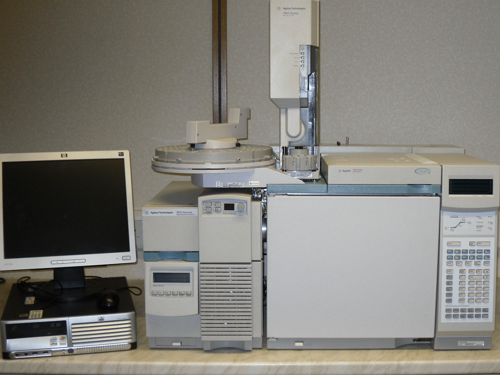Palmitoleic Acid

Palmitoleic acid ((9Z)-hexadecenoic acid/C16:1 n-7) is a long-chain monounsaturated fatty acid of 16 carbon atoms. Structurally, it is an omega-7 fatty acid. It is usually found at a trace level in commonly used vegetable oils. Interestingly, pulp oil from berries of sea buckthorn contains palmitoleic acid at a remarkable level (32-42%). Macadamia nut oil contains a high level of palmitoleic acid (17-19%) as well. Other plant oils with a relatively high percentage of palmitoleic acid are milkweed oil and avocado oil.
The diatom Phaeodactylum tricornutum is an excellent source of palmitoleic acid as it contains very high levels of this fatty acid. The palmitoleic acid content of seaweeds depends on the taxa, geographical location and sampling season and usually ranges from 0-9%. Sugar kelp (Saccharina litissima) harvested in certain seasons contain a relatively good amount of palmitoleic acid.
Compared to oleaginous yeasts, non-oleaginous yeasts such as Saccharomyces cerevisiae and Kluyveromyces polysporine accumulate a high amount of palmitoleic acid.
Palmitoleic acid functions as a lipokine and is linked to lipid metabolism and insulin sensitivity. Apart from this, it has an anti-inflammatory role as well.
Palmitoleic acid may be used as a feed supplement for dairy cows as palmitic acid supplementation improves milk quality and yield. Fortification of eggs with palmitoleic acid is feasible with feeding the laying hens with fish oil rather than macroalgal oil.
Oils rich in palmitoleic acid can be excellent feedstocks for biodiesel production with the improved cold flow, a critical fuel property.
Click here to place an order for determining Palmitoleic Acid.
Analysis Packages for Palmitoleic Acid
The Celignis Analysis Package(s) that determine this constituent are listed below:Equipment Used for Palmitoleic Acid Analysis

| Gas Chromatograph with Mass Spectrometer (GC-MS) Our lab has an Agilent 6890 gas chromatograph (GC) coupled to an Agilent 5973 mass selective detector (Mass Spectrometer). |
Additional Material
We can determine the Palmitoleic Acid content of biomass, click here to learn more about our various biomass analysis methods.We can determine the Palmitoleic Acid content of seaweed, click here to learn more about our various methods for analysing seaweed.






